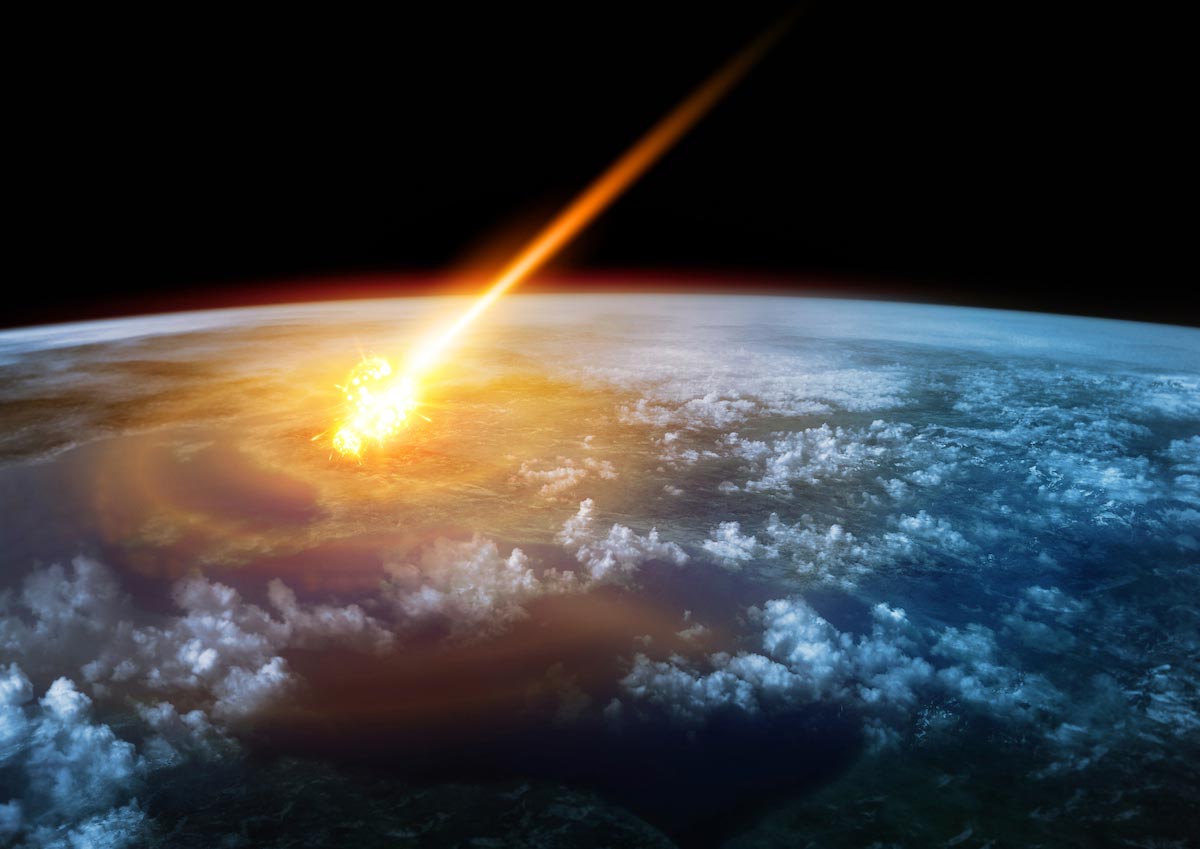
Advertisement
Ten years ago, the Almahata Sitta meteorite entered the Earth’s atmosphere, only to burst into flames in the skies above Sudan. But it left behind tiny diamonds that could have come from the heart of a “lost planet” when the solar system was being born, as stated in a report from The Guardian.
The nanodiamonds contain microscopic iron-sulfur compounds that required immense pressure, much greater than the asteroid collisions that created diamonds in meteorites. They could only have formed deep inside a planet that was later destroyed.
Researchers theorized that the embryonic planet from which the meteorite came from was bigger than Mercury, which measures 3,030 miles in diameter, but smaller than Mars, which has a diameter of 4,222 miles.
A leading theory in astronomy suggests that many embryonic planets came into being during the violent creation of the solar system. These early bodies could be as small as the Moon or as big as Mars. They didn’t last for long as they smashed into each other, shattered, and were eventually remade into Mercury, Venus, Earth, and Mars.
The fragments of the Almahata Sitta meteorite could be the only existing evidence of these lost planets. They could be a clue into the cosmic conditions during the formation and early years of the solar system. (Related: Avoiding Armageddon: Scientists experiment with ways to destroy or redirect threats from space.)
Rare meteorite contained different minerals and bigger diamonds than normal
Swiss researcher Farhang Nabiei of the Federal Institute of Technology (EPFL) in Lausanne, Switzerland served as a senior author for the study on the Almahata Sitta meteorite. He said nobody on the research team expected to get their hands on actual physical evidence of the embryonic planets that preceded Earth and the other rocky planets.

The Almahata Sitta meteorite was the first such body to be spotted and tracked by humans as it headed toward Earth. After it exploded over Sudan, the University of Khartoum sent an expedition to recover 480 individual pieces that weighed four kilograms in total.
It was quickly determined that Almahata Sitta was an ureilite. These very rare meteorites contained a mix of minerals that didn’t match those found in earlier space rocks from the moon or Mars. As they studied the meteorite fragments, EPFL researchers found nanodiamonds in the material. This was nothing new, given other recovered meteorites also contained tiny diamonds that were thought to have formed during really forceful collisions between carbon-rich space rocks.
But those meteorite nanodiamonds measure only a few millionths of a millimeter across. Almahata Sitta’s specimens were much bigger, with the largest diamond measuring 100 micrometers.
Iron-sulfur flecks trapped inside meteorite diamonds hint at lost planet origin
These discoveries led Swiss researchers and their Japanese colleagues to postulate in 2015 that the diamonds in the Almahata Sitta meteorite could not have formed from mere asteroid collisions. After proposing that the meteorite might have originated from a lost planet, they looked for evidence to support their claim.
In 2018, they published their newest findings in the science journal Nature Communications. The EPFL team said the diamonds contained flecks of iron-sulfur compound.
This iron-sulfur compound is believed to only form when the pressure exceeds 20 gigapascals. The Swiss researchers believed the diamonds formed around the specks deep within an embryonic planet, the eventual destruction of which sent the future Almahata Sitta asteroid and its payload of precious stones into space.
“We are probably looking at an object that was one of the first planets to circle the sun before they collided with each other to create the actual planets we have today,” concluded Phillipe Gillet, who served as co-author alongside his EPFL colleague Nabiei.
Read more fascinating articles about near-Earth bodies like Almahata Sitta at Cosmic.news.
Sources include:
Submit a correction >>
This article may contain statements that reflect the opinion of the author
Advertisement
Advertisements















